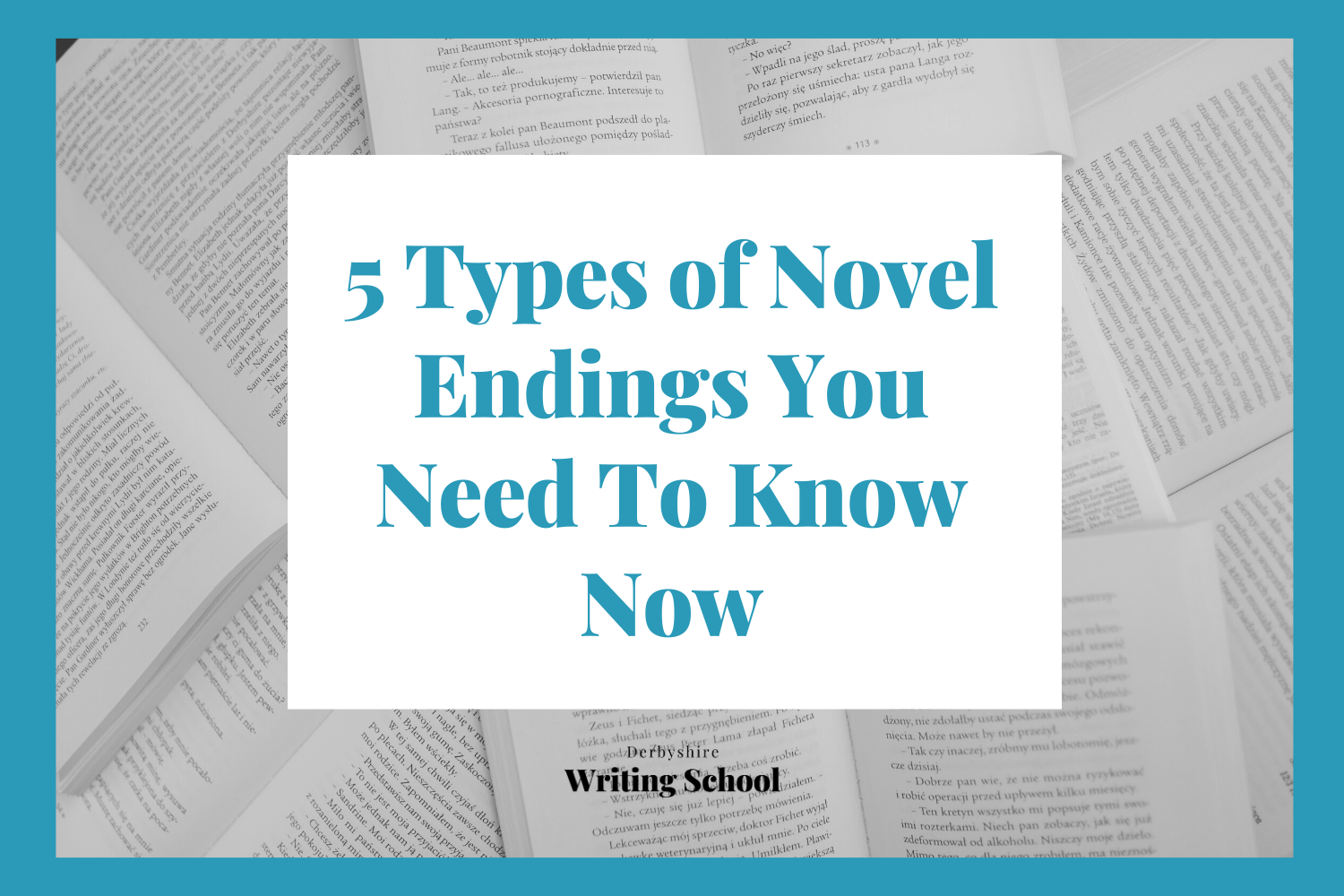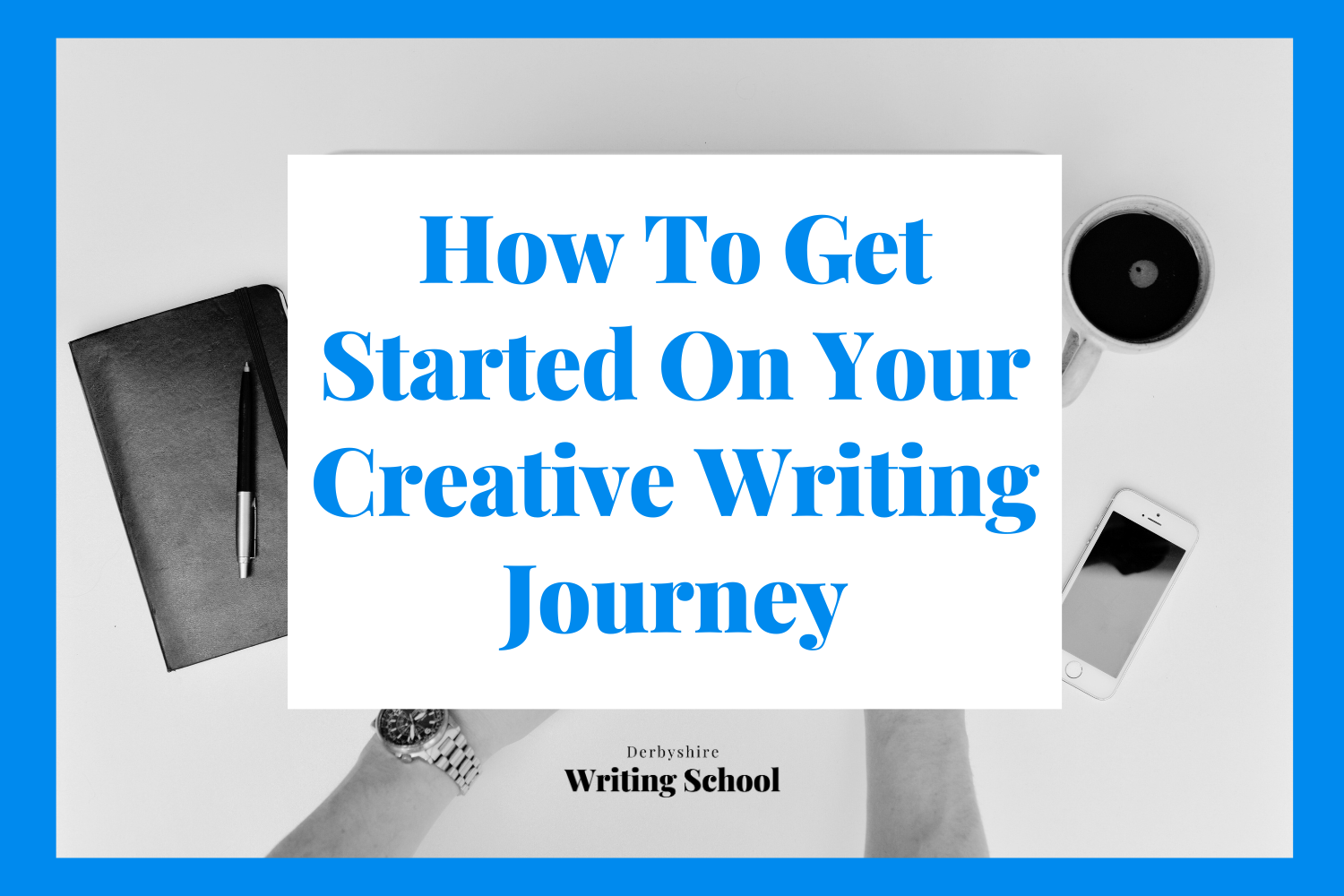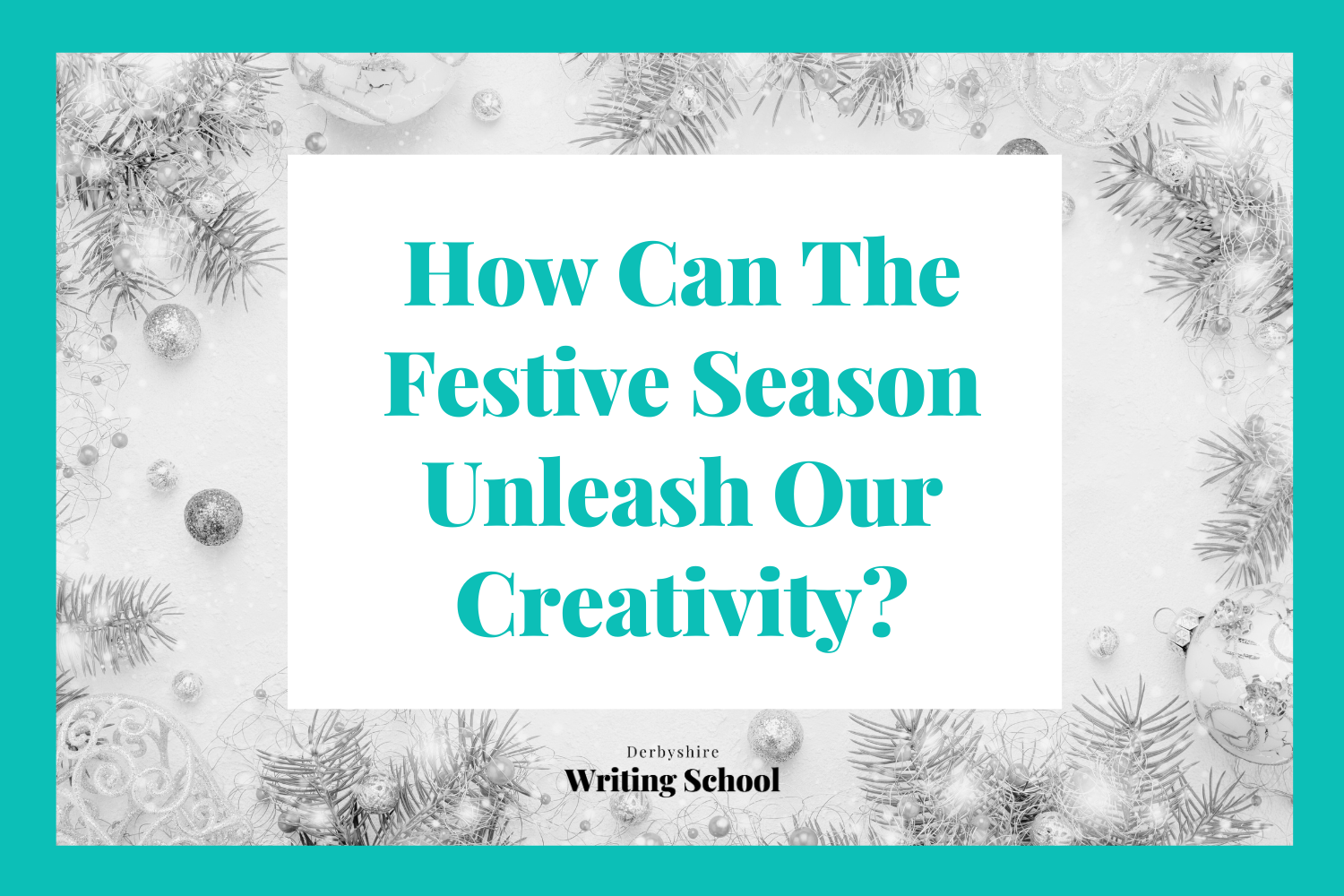5 Types of Novel Endings You Need To Know Now
Novels are great, whether they’re an escape, a chance to have some excitement or a time to curl up with a warm drink and a blanket – novels are things we all enjoy. But all good things have to come to an end, or several ends.
The ending of a novel is arguably just as important as the first page, It’s the last part our readers get to experience, and the last chance for us to give them the lesson we want to teach, or for them to want to come back for more.
But how do we do it? How can authors decide which ending is appropriate for their story, and how do they use it effectively?
In this blog post, we will explain the 5 different types of novel endings, giving some popular examples of each and give you the skills needed to choose your own endings.
The 5 Novel Endings (and their examples)
When ending a novel, the most important thing is to think about how your protagonist (or main character) is going to be affected. The story is about them after all, so it only makes sense that your ending revolves around them as well.
1. Resolved Ending
One of the more common endings is a resolved ending answers all the questions that the reader might have and leaves no room for continuation. They don’t necessarily have to be happy endings, but they do have to be final.
These endings are often seen at the end of a series of books. An example of a resolved ending would be Mockingjay, the last book in the Hunger Games trilogy by Suzanne Collins.
2. Unresolved Ending
These endings are the opposite of a resolved ending where the reader is left with more questions than answers. There is some resolution to the events in the story, but the readers are left wanting to know more. A more popular name for these endings is cliff-hangers, where something intense happens just before the story ends with the promise of continuing that in the future.
A popular example of this is the latter Harry Potter books written by J. K. Rowling, in particular The Half-Blood Prince. This story ends with the death of a primary character (Dumbledore) and the main villain (Voldemort) now back in full force with the promise that everything is about to change.
3. Ambiguous Ending
Ambiguity is really important in our stories. An ambiguous ending is one where the writer doesn’t give a clear conclusion to the story, instead leaving it up to the interpretation of the reader. The reader can use clues scattered throughout the story to come to their own conclusions and there are no incorrect answers. That is where this ending differs from an unresolved ending. Unlike an unresolved ending, an ambiguous ending will not be continued in another book or story, the writer will never provide a concrete answer.
This type of ending is useful if you would like readers to keep coming back to your story and discuss it. An example of an ambiguous ending is An Inspector Calls by J. B. Priestley. We’ve been on a journey unlocking the mysteries of these characters only for the actual police to arrive after the ‘inspector’ leaves.
4. Expanded Ending
An expanded ending often comes in the form of an epilogue where we get a brief snapshot into the future of our characters. They may have children, or just be living happily ever after. They are used to answering any long-term questions that would drag a story out, for example, whether a treatment has worked or whether a character manages to graduate.
These endings are a useful reward for a reader. They have engaged with our story and fallen in love with our characters, so it is only fitting that they get a conclusion to the characters’ story. An example of an expanded ending is The Lord of the Rings by J. R. R. Tolkien, where we see the characters return home or travelling after their adventure.
5. Unexpected Ending
An unexpected ending does exactly what it says. It’s unexpected and surprises or shocks your audience. There are typically small clues littered through the story that hint at the ending that will only be revealed once the story has been read twice. The key here is that the reader doesn’t expect the twist to happen.
Twist endings can be very effective at engaging your reader, but they also come with risks. It can be satisfying to read the story again and figure out the clues we missed the first time, but if it’s not done right, then it can simply ruin the story and the build-up we have worked to put in. An example of a story with an unexpected ending is The Turn of the Screw by Henry James, where the ending results in the death of Miles.
How To Use Novel Endings In Your Writing
So, now that we know about some of the different endings, how do we know which one to use?
The honest answer to that comes from your own personal style as a writer and a reader. What kinds of endings do you enjoy reading in your favourite novels? There’s nothing wrong with writing the same endings you love to read.
Another thing to consider is where you want your writing to go. Are you planning on writing a sequel or even a trilogy? In that case, an unresolved ending might be the way to go to keep that interest alive.
Try brainstorm each of these endings for your novel. Even if you haven’t considered one of these endings before, just try it. Pen a simple sentence to test if an alternative ending might be good for you. Perhaps it will throw up a few surprises and if you’re surprised, your reader will be too.
Think about the genre you are writing in, does the reader of that genre expect a particular ending? Whilst it can be good to subvert the tropes (or write a different ending to what’s expected) sometimes a reader wants or expects a type of ending. Research your genre and identify the ending they might expect.
Ending your novel is important. Spend time considering how you will move your story towards the end you’ve planned. Working backwards can help you to achieve your goal and you can see where you need to add twists, turns and plot points to allow your character to take the necessary steps toward the ending you’ve dreamed about.
We can help you write your novel. Our courses, workshops and workbooks will give you the skills, knowledge, and confidence to finish your book.
If you enjoyed this post you’ll love our creating characters writing workbook!
Our Creating Characters PDF Workbook will help you to:
✅ Create life-like characters with purpose.
✅ Make your story come alive.
✅ Understand why characters are so important.
✅ Create characters based on their motivation and desires.
✅ Link characters to your story structure.
✅ Build your characters through a step-by-step process.
✅ Understand the tools available to you to sustain your character development.
A story with characters that your reader can’t stop thinking about and characters that keep your reader wanting to turn the page – that’s the goal.












